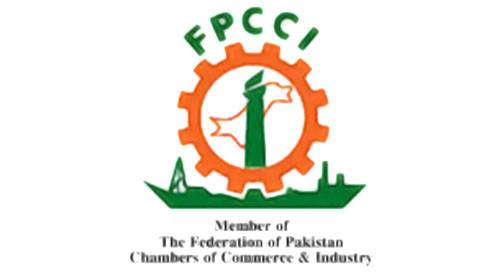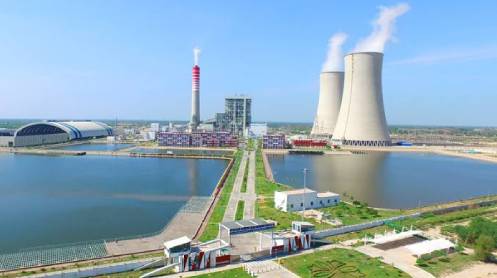Pakistan’s energy sector has been facing potential losses and distortions in the distribution sector for years now, costing the national exchequer billions annually. In 2019 alone, DISCOs posted a loss of Rs171 billion due to less recovery of pending bills and another Rs38 billion due to technical losses.
On average, nearly 20 percent of the electricity transmitted to the distribution system is lost the effects of which are borne by end consumers. Due to these losses as well as reliance on imported fuels, Pakistan’s power generation costs are disproportionately high. These losses have also been significantly contributing to circular debt.
Despite surplus energy, power cuts are widespread, especially in high-loss feeders. While the country has long been seeking a strategy to minimise these losses, these decade-old problems in relation to technical and financial losses in the power sector as well as the energy access gap continue; traditional intervention solutions have been at the root of the ongoing unsustainable trajectory.
What can be done to improve distribution performance? As the local context differs from region to region, a major discourse in the specific case of Pakistan is how solar PV penetration in high-loss configurations offers an ‘irresistible’ and ‘necessary’ alternative to improve energy access (electrifying the last mile and improving reliable access to energy) and address the longstanding technical and inter-linked financial losses in the power sector. These applications can potentially defer transformer and transmission line upgrades, extend equipment maintenance intervals, reduce electrical line losses, and improve distribution system reliability.
So, a logically compelling, economically viable and action-oriented framework for RE uptake in Pakistan could be fostering solar PV penetration in high-loss DISCOs. This, however, needs a realistic action plan based on significant stakeholder support, alignment of national and provincial electricity and energy policies and planning, a facilitative and enabling environment, and consolidated changes at each stage of the energy value chain.
The growth in decentralised PV has now unleashed myriad benefits – particularly for developing countries with failing centralised utility models. It offers most fertile space for leapfrogging renewables in the context of Pakistan, where the prevailing energy access gap has created an instinctive self-desire for prosumption and already distilled a momentum for alternate energy systems. Frustrated with decade-old injustices associated with the centralised energy sector, many residents have switched to decentralised modes of energy generation. Although these decentralised configurations are largely undocumented, some statistics do highlight its magnitude.
In a study, the International Finance Corporation has indicated that an estimated $2.3 billion is spent annually on alternative lighting alone in Pakistan. Another study indicates that more than 68 percent of the end-users rely on alternative back-up energy systems (mostly UPS and fossil-fuel-run generators). So, reliance tends to be more skewed towards other systems, and high carbon back-up appliances have become mainstream technologies in the country.
A great share of energy consumption in the country originates from the residential sector. Physical landscape – free rooftop space available in the household sector – further align to drive solar PV applications. Solar PV generation is also one of the world’s most promising technologies and an emerging sustainable solution for reducing losses. Generation close to consumption offers insulation from the substantial transmission and distribution losses which characterise the power sector of Pakistan. All this warrants attention towards an optimal strategy and country-based solutions to strategically sited DG uptake, which could contribute to the versatility of energy sources, emission abatement and energy security. It particularly provides three key major advantages: encouraging renewable energy uptake, reducing distribution losses and providing uninterrupted supply to end-users.
However, despite the strong suitability of distributed renewable energy (DRE) systems in the context of case-country, it remains an overlooked aspect in the national energy expansion plan. The potential in this sector remains untapped due to lack of necessary policy and institutional framework and strong inertia from DISCOs. Among other factors, the high upfront cost of technology, awareness gap, financial impediments, policy and regulatory design faults, absence of facilitative organisation models, and overall misalignments in policy, planning, and coordination have been restricting its uptake.
In terms of reducing losses, the general principle directs that the losses increase with an increase in the distance between generation facilities and load centres. A well-chosen distributed generation facility can decrease technical losses up to 15 percent. In parallel, distributed generation is also a useful tool for the liberalisation of energy markets. With the liberalisation of power and energy markets, the reliability in energy supply and cost-benefit analysis is assured. So, loss minimisation, reliability, sustainable energy provision, and clean and cheap energy mechanism – all could be aligned with the solar photovoltaic based distributed generation in regions with high losses, interruption of power supply and high consumption tariffs.
It is hence an opportune time to recommend a roadmap for targeted solar photovoltaic (PV) applications in those feeders of DISCOs that are experiencing excessive transmission losses. These benefits will not materialise without a strategic approach to new market regulations and innovative business models that supports targeted PV uptake in high-loss zones. The relevant authorities should anchor a facilitative organisation model around these decentralised solutions – and on a priority basis.





